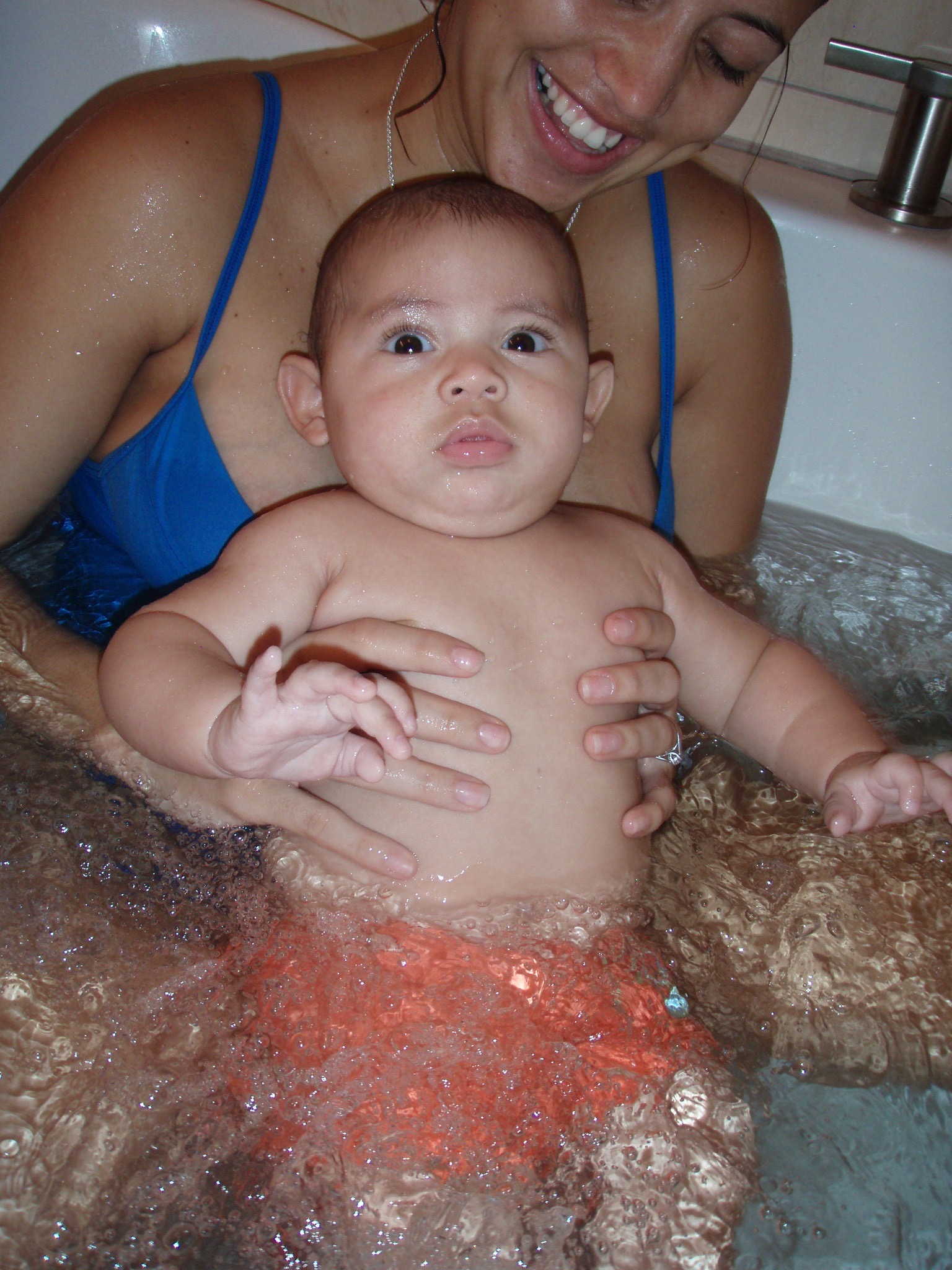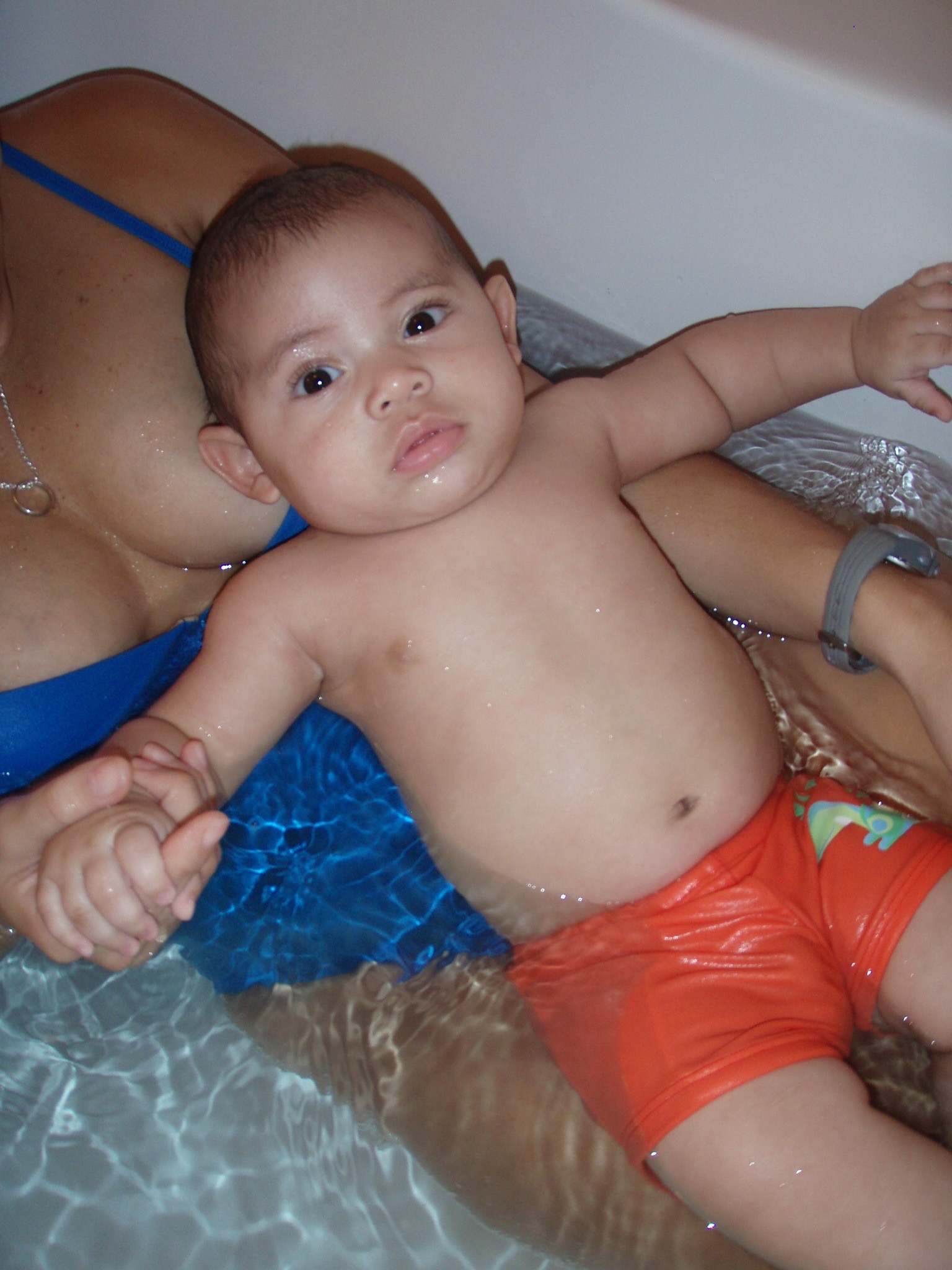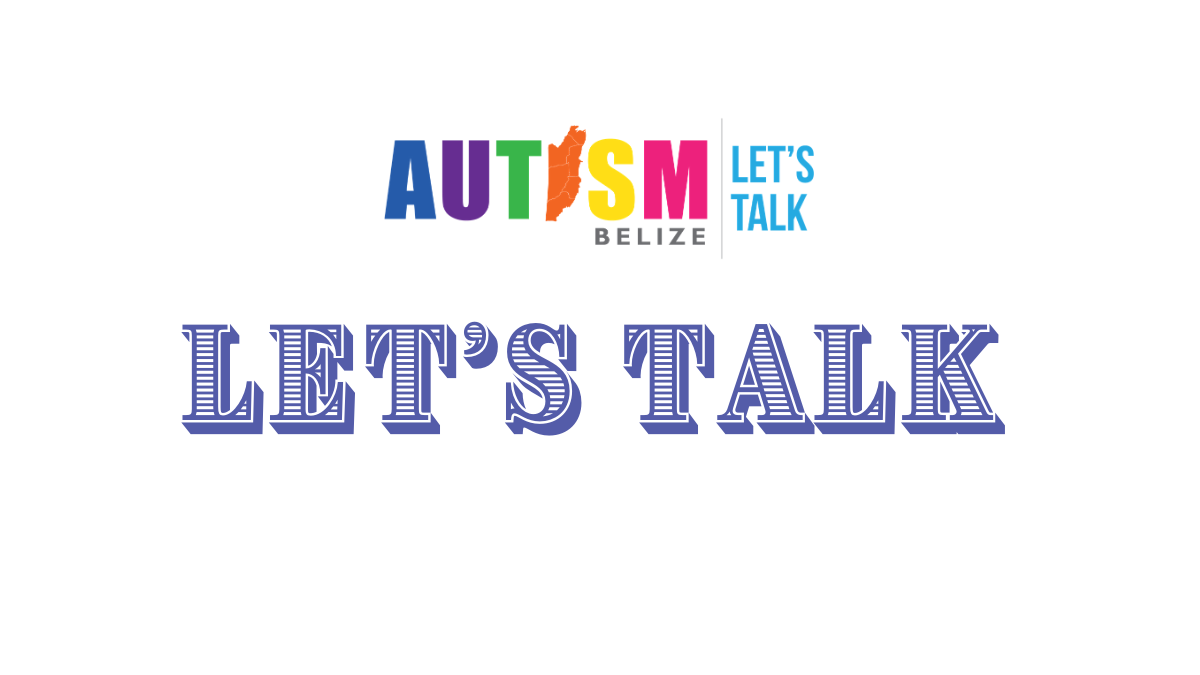This week I started volunteering at the YWCA to help with their summer Learn to Swim program. It has been a tiring and fun week and definitely a blast from the past! The FIRST time I started teaching swimming was with the YMCA in 1991. Geez. Talk about dating myself.
It’s brought back a lot of great memories of fun times spending my entire summer in the water going from teaching to swimming laps to getting certified as an instructor and a life guard. But now, as a mom, I can really see the importance of these class- for ALL children, but especially for those on the autism spectrum and with other neurological developmental disorders.
Sad facts…
Drowning is one of the leading causes of deaths for children on the autism spectrum. Our kids wander. That’s a fact. Not too long ago, I wrote a blog about Mateo jumping the fence and walking the highway to my sister’s house just because he wanted to be by the sea. Statistics from the US say half of all children on the spectrum wander. Seventy one percent of deaths from autistic children who wandered from 2011-2016 was from drowning. Those are some really scary statistics!
In Belize, you do not have to go very far to find water. We’ve got rivers, deep drains, canals, the sea… So, it really is important we teach our kids to swim. Many of our kids, like Mateo, are naturally drawn to the water. They also really don’t understand or recognize the danger. Water fascinates them. Therefore, I honestly can’t stress enough how important I think it is to teach our children to swim.
Not easy, but not impossible either…
I know. I know. It’s easier said than done. Depending on where our children are on the spectrum, finding a swim class or a swim teacher willing to work with our kids is a challenge. I mean a swim class requires a child to pay attention, to wait his or her turn, learn strokes that require good gross motor skills and coordination, being calm – all things that might be very difficult to our special kiddos. It won’t be an easy task; for some of us, it might be very difficult.
I was kind of lucky with Mateo. Since I’ve spent my life in the water and have taught countless children AND adults to swim through the years, I was very excited to teach my own son. I started with him at 4 months – just in the bath tub working on floating and blowing bubbles and getting comfortable. Check my Teo out at 4 months:
By 6 months, I had him in the pool floating on this own. He was comfortable putting his head in the water and I could pull him under and pass him over to another person to pull up without him being frightened or swallowing water. Studies show that because babies breathe in water in the tummy, if you start from this early, adjusting to swimming is actually easier. Here we are at baby swim class:



I kept up with it. Working with him BEFORE I even knew anything about Autism, but ESPECIALLY after we got the diagnosis. As a result, I had him doggie paddling by age three. He still can’t front crawl or do advanced strokes, but he’s my fish in the water. He has a respect for it. He doesn’t panic. Moreover, it’s actually a great form of therapy. Water calms and the weightless feeling is something Mateo needs.
Recommendations…
So how can you go about teaching your child on the spectrum to swim – at least the basics? If your child is high functioning, he or she might be able to join a regular swim class. If not, until somewhere in Belize offers special classes, I would recommend you can reach out to a swim instructor to ask him or her for tips on how to teach your child to float, blow out through his or her nose, doggie paddle. Maybe you pay for a session or two to have the instructor teach you or another adult your child trusts and respects. If not, YouTube and google are always our friends.
Once you get some ideas on how to teach these basics to your child, then you can work one-on-one. Spend time in the water. Play with your boy or girl; make it fun. Remember, play is a great way for our kids to learn. The goal is to try and get them to be comfortable in water, but also respect it. Also, if God forbid there’s an accident, if your child can float or doggie paddle, these few basic skills might just save his or her life.
Stay safe and please let’s try to do our best to keep our kiddos safe too!
For more information about the YWCA Learn to Swim Program, click here to visit the YWCA Facebook Page





